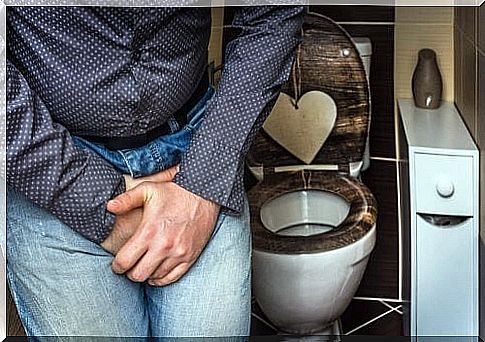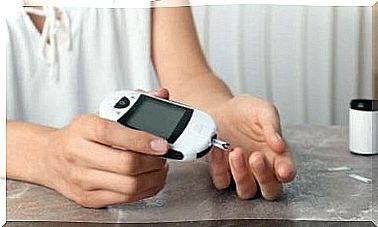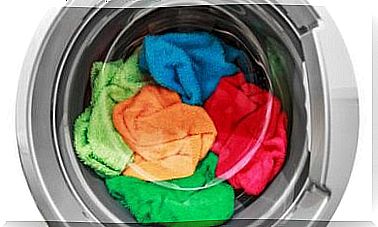Foley Probe: Uses And Techniques

The Foley probe is a type of flexible catheter used to drain urine from the bladder to the outside. For this reason it is also known as a urinary catheter or urinary catheter.
The tube material is usually latex which provides more comfort to the patient. However, if the person is allergic to latex, another type of plastic can be used to maintain the sterility of the probe to prevent infections.
As a mere curiosity, these probes owe their name to Dr. Foley, an American surgeon. As a matter of fact, as we will explain later, they are used very frequently in medical procedures.
What is the shape of the Foley probe?

The Foley probe is introduced through the urethra to reach the bladder, which is why it is a tube that must be adapted to different measurements. That’s why there are varieties for children, women and men.
There are also different thickness gauges to better adapt to the particularities of each patient’s anatomy.
So, according to all of this, we found a scale that serves to describe the size of the catheters. It is a French scale called Charrière (name of its manufacturer) where one unit is equivalent to 0.33 mm.
The number of Charrière units equals the size of the circumference of the catheter in millimeters. That is, with the number of Cherrière units (represented with the symbol F) we can know the diameter of the probe and, therefore, of the urethra.
Despite the variety of probe sizes, they all have in common the fact that they incorporate an inflatable balloon into the tube. At the time of its introduction, the balloon is not inflated.
The balloon is crucial for the Foley probe to function properly as it is the only element that allows the probe not to dislodge or exit.
What is the Foley probe placement technique?
Before proceeding with placement, it is necessary to check that the probe is not defective. Nowadays, manufacturers carry out very strict quality controls. However, it may happen that from time to time there is a problem with the probe because it is defective.
To check that the probe works, sterile water must be introduced through the balloon valve. If we notice that the balloon inflates and there are no water leaks, then the tube can be placed in the patient.
The patient must have the genital area perfectly washed and clean. With the help of a little lubricant, the probe is introduced very carefully through the urethra. To facilitate the entry of the tube into the bladder, abdominal pressure can be applied through breathing maneuvers or simulating the act of urinating.
Once the tube is lodged in the bladder, the balloon is inflated to prevent the probe from coming out. With the help of a syringe, the cuff is inflated with air or with sterile water through the valve.
Finally, the valve of the catheter itself is connected to a bag for the urine to be stored. To facilitate the measurement of liquid volume there are usually millimeter scale marks on the collection bag.
What is it used for?

The most frequent indications for the use of the Foley probe are:
- Urinary incontinence: it is typical in the elderly and in patients who have suffered neurological damage where the nerves responsible for urination no longer fulfill their function.
- Any situation that prevents complete emptying of the bladder: this is the case of prostate cancer.
- Patients who have undergone a surgical intervention and must control the volume of urine eliminated.
What are the inconveniences of the probe?
In fact, it is important to prevent the drainage bag from strangling so that the flow of urine does not stop and accumulate in a retrograde manner. A simple way to avoid this is to tape the catheter to the muscle with tape. If the patient is in bed, leave the collection bag under the bed so that urine flows with gravity.









